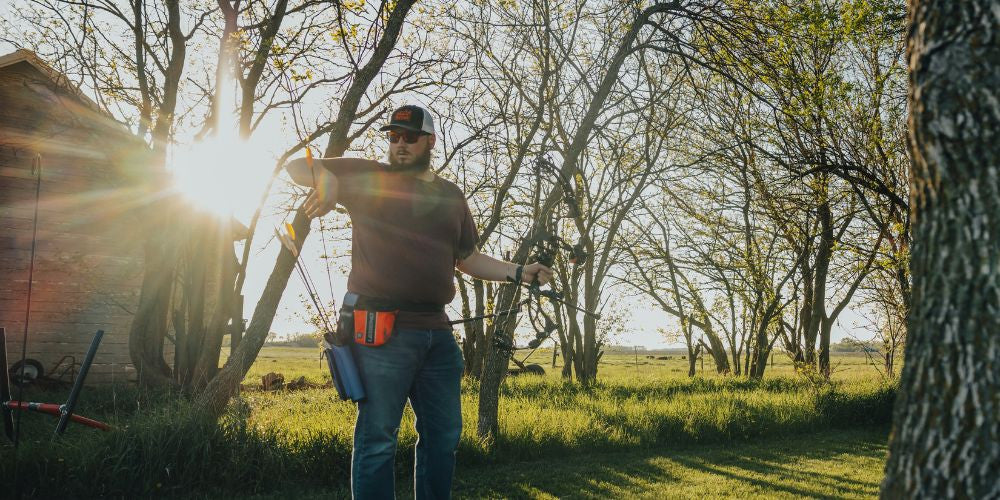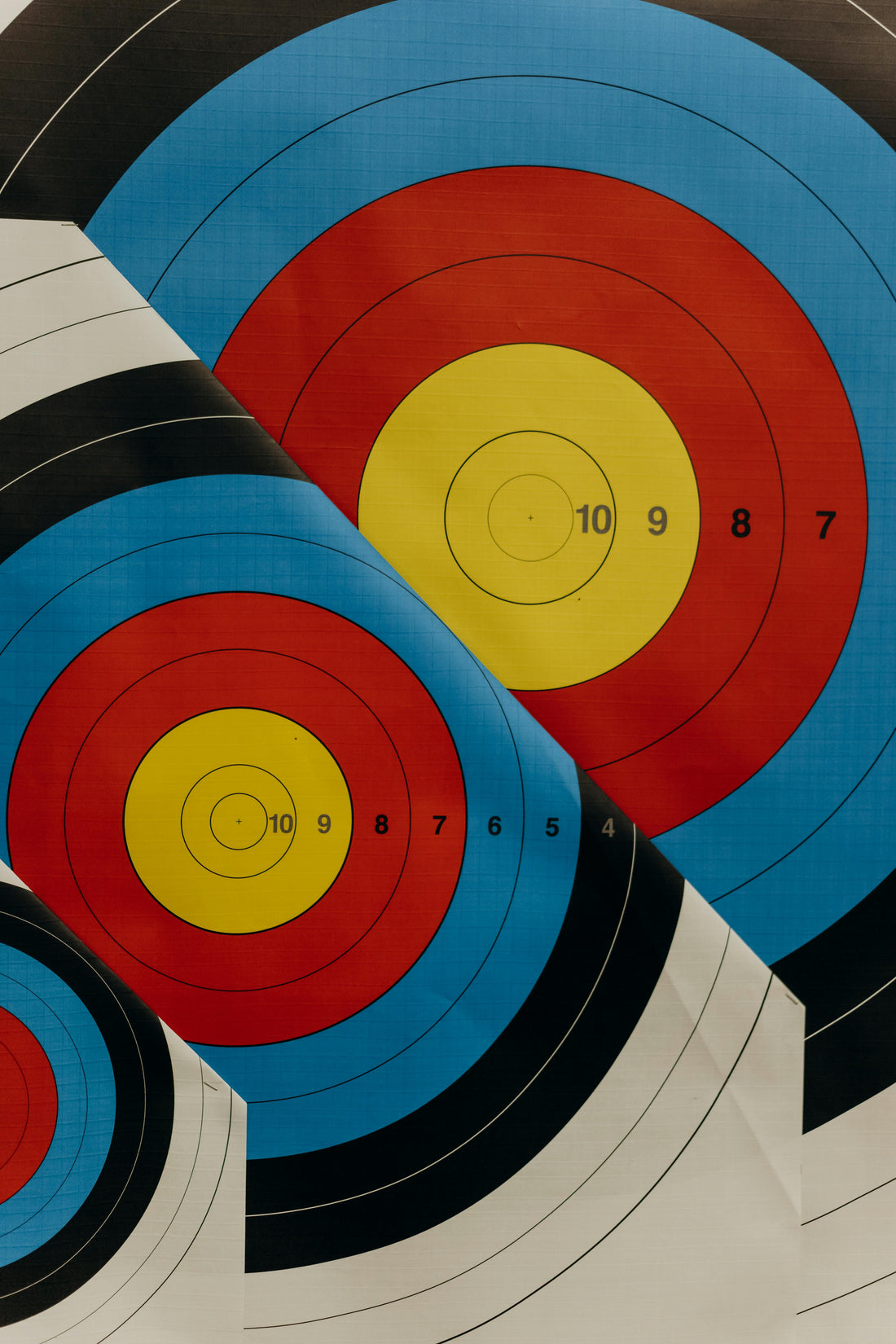Getting Started with Beginner Archery Gear
Starting archery as an adult can be exciting, but choosing the right beginner archery gear is essential for an enjoyable experience. A good beginner setup includes a recurve or compound bow, arrows, an arm guard, a finger tab or glove, and a hip quiver. If you opt for a compound bow, investing in a high-quality bow case ensures that your equipment stays protected during transport.
When selecting a bow, consider your strength and shooting style. Recurve bows are often recommended for beginners due to their simplicity, while compound bows provide mechanical advantages for accuracy. Arrows should match the bow's draw weight and be made from durable materials like carbon or aluminum. Investing in proper safety equipment, such as an arm guard and finger tab, helps prevent discomfort and injuries.
Where to Practice Archery
Finding a suitable location to practice is crucial for improving your skills safely. Many communities have indoor and outdoor archery ranges, where you can train with experienced instructors. Local archery clubs often provide memberships with access to professional facilities. If you prefer practicing in an open space, ensure it is a designated archery area to avoid any safety concerns. Understanding proper gear placement can also enhance your practice efficiency.
Practicing at a structured range allows you to develop good habits under supervision. Many ranges offer coaching sessions for beginners, which can help accelerate learning and build confidence. If you choose to practice in your backyard, make sure it is legal in your area and set up a proper target with safety precautions to prevent stray arrows from causing harm.
Common Archery Mistakes and How to Avoid Them
Many beginners struggle with technique, leading to inconsistent shots and potential frustration. One of the most common archery mistakes is improper grip, which can cause erratic arrow flight. Learning the correct way to hold your bow is essential for accuracy and consistency. You can check out this guide on holding a bow and arrow to improve your form.
Other mistakes include incorrect stance, inconsistent anchor points, and failing to follow through after releasing the arrow. Proper stance involves keeping your feet shoulder-width apart and aligning your body with the target. Maintaining a consistent anchor point, such as touching your fingers to the corner of your mouth, helps ensure precision. Following through by keeping your bow hand steady after releasing the arrow is also critical for accuracy.
Another common mistake is not adjusting for wind and distance. Understanding how external factors affect arrow flight takes time but is essential for improving accuracy. Beginners should also avoid over-drawing their bow, which can lead to muscle strain and poor shooting consistency. Using a hip quiver keeps your arrows within easy reach, preventing unnecessary movement that could disrupt your focus.
Final Thoughts
Starting archery as an adult is a rewarding experience that enhances focus, discipline, and hand-eye coordination. By choosing the right beginner archery gear, knowing where to practice archery, and avoiding common archery mistakes, you can develop a strong foundation in the sport. Invest in quality equipment, train consistently, and enjoy the journey of mastering archery!
Patience and persistence are key in archery. Every archer, from beginner to expert, improves with regular practice and self-awareness. Keep track of your progress, experiment with different techniques, and don’t be discouraged by initial challenges. The more you practice, the more confident and skilled you’ll become. Whether you aim to compete or just enjoy archery as a hobby, the journey is just as fulfilling as the results.
 cust@legendarchery.com
cust@legendarchery.com 302 503 5767
302 503 5767 Sauk Village IL 60411
Sauk Village IL 60411


